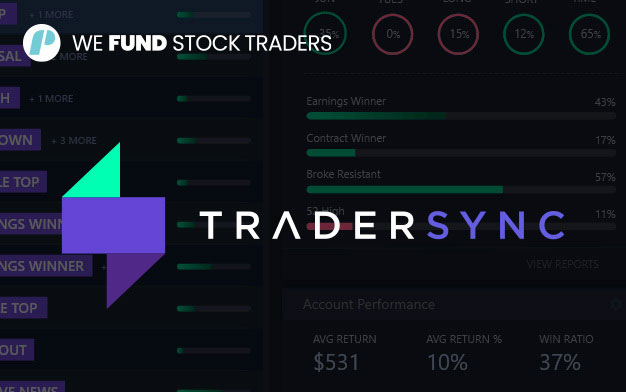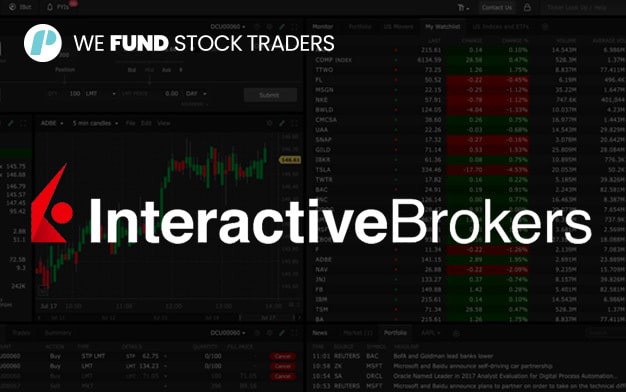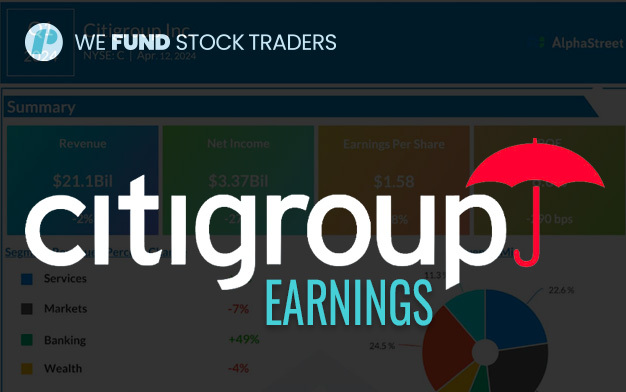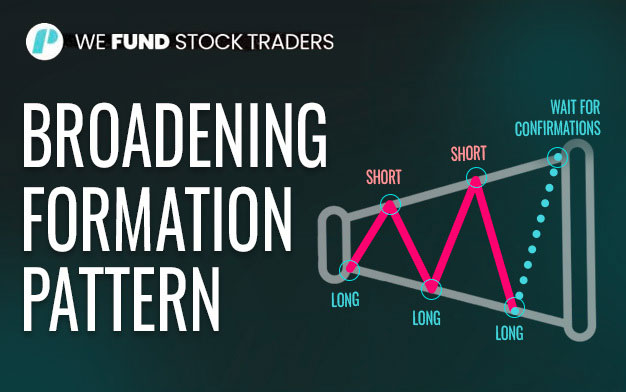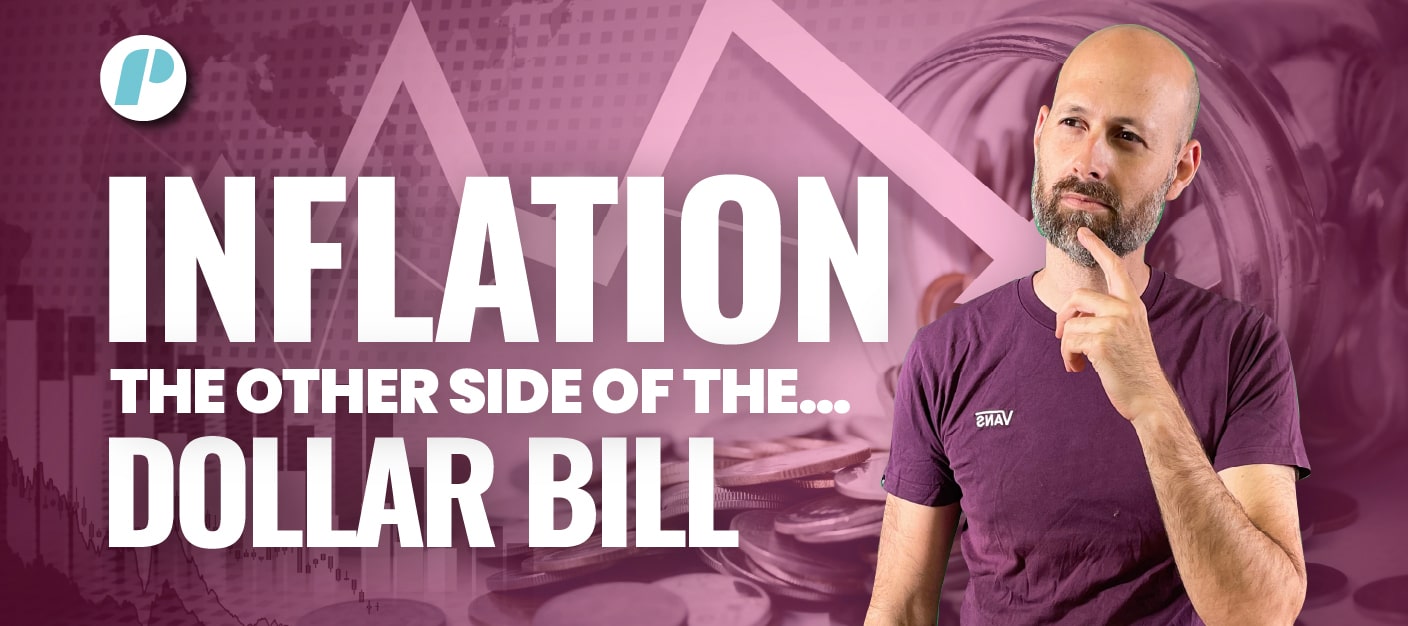
Here we are on to the third article of the “Federal Reserve System” series.
In the previous articles, we talked about how the Federal Reserve System is formed and explained how it and the Government can collaborate to boost the economy and the employment level. We have also described the Federal Reserve System as the organization responsible and entrusted with maximizing employment levels and safeguarding the American economy.
In this new article, we’ll learn about “inflation” and find out what “safeguarding the American economy” is all about.
Ready? Let’s do it!
What is Inflation?
Considering the fact the Fed can easily increase the amount of money circulating within the economy, one might wonder why the Fed doesn’t do just that all the time. After all, if all that’s needed to boost the economy is to inject money into it, why should the Fed ever stop “printing”? Right?
Well, the truth is that “too much money in circulation” is just as bad as “not enough money in circulation”.
Each time the Fed modifies monetary policies in favor of supporting the economy and maximizing employment – especially when done in tandem with the Government’s fiscal policies – it has the effect of putting more money into people’s pockets and companies’ balance sheets. People and Companies have more money to spend and will generally want to do so.
In a healthy economy, growth in GDP and the availability of products and services are proportional to the growth in private and corporate buying power. When this is the case, a growing demand is satisfied by a growing supply; The Fed does not need to intervene, free market’s rules apply, the economy remains healthy and everybody’s happy.
However, when the economy is not so healthy…
When there are problems in the economy and the Fed feels the need to intervene to prop it up, things can change – and they can change very quickly.
If the GDP is not growing fast enough, for example, injecting large amounts of money into the system often creates a situation where supply cannot satisfy demand which translates to “more money competing for fewer goods”. When this happens, naturally, sellers raise prices higher and higher meaning “more dollars are required to pay for the same goods and services”. The currency is de facto devalued and it is this currency devaluation that takes the name of “Inflation”.

What can cause inflation?
The primary reason for inflation is an imbalance in the market that causes unsatisfied demand.
The reasons for that imbalance, however, can be many and they can affect demand as well as supply.
A really bad season for agriculture, for example, often leads to reduced food production. Even with the number of people needing food (demand) unchanged, the short supply would mean higher food prices.
At the beginning of the Covid pandemic, facemasks and hands-spray were known to be sold for exorbitant prices due to sudden increased demand met by “surprised and unprepared” manufacturers. In that situation, it was the demand that increased drastically whilst the supply was (at least at the beginning) the same as it always was.
Some products and services are bought, used and sold across different industries and affect different markets. Demand and supply imbalances in those products and services can cause high prices across the spectrum and all markets.
Now, some fluctuation in price is the norm in a free market; in fact – and as a trader, you would know – it’s what makes free markets work.
Steady and measured price increases (inflation)are considered a good sign of a healthy economy but only when matched by increased production as well as increased buying power (higher wages and salaries, lower taxation, cheaper credit for business etc).
In an ideal world with an ideal economy, prices should always be rising in dollar terms but never in “disposable income percentage”.
How is the Inflation Rate measured and how often is it released?
Said simply, the Inflation Rate is an indicator of increases in the cost of living and production from one year to another in percentage terms and it expresses variation in purchasing power of businesses and consumers.
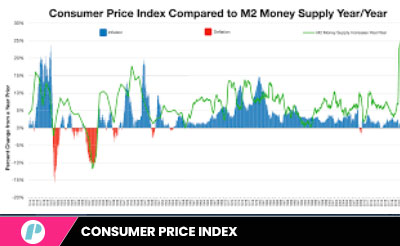
In the US, measurements are taken and published by the Bureau of Labour Statistics (BLS) which produces (amongst others) the CPI and Core CPI inflation figures and the Bureau of Economic Analysis (BEA) which produces the PCE inflation figures instead.
Although varying in nature (more details in the next article of the series), both “bureaux” track prices of an “imaginary shopping basket” always containing the same products and services. Changes in the price of the basket are then interpreted as “inflation” if they are increased or “deflation” if they have decreased. A high level of either is not good for the economy.
Inflation rate releases are a monthly occurrence and one that can create enormous volatility and opportunity in the markets.
What can the Government and the Fed do to reduce inflation?
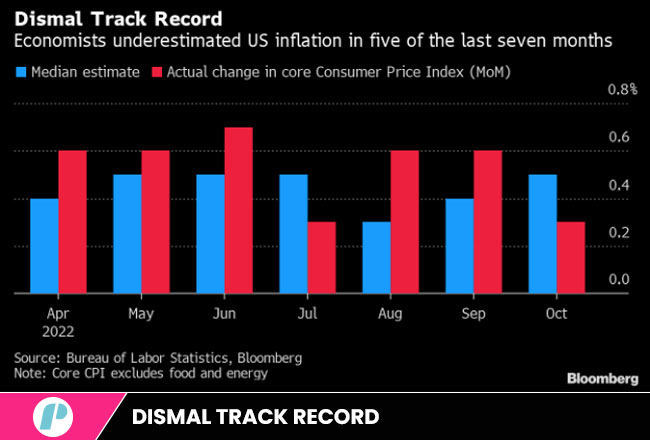
The Government
From the Government’s point of view, high inflation means high production and import costs that lead to a high cost of living for voters and, consequently, a lower approval rate. And that’s the bottom line.
However, as goods and services prices grow higher and higher, it is only natural that more and more people are no longer able to afford them. This could mean higher Government expenses on welfare which, again, effectively puts even more money into the economy at a time when there might already be too much.
When inflation is caused by an overly high demand – rather than a restriction in supply as is currently happening – what the Government and the Fed normally tend to do is to try to slow down the economy.
When Inflation is caused by an issue in supply, the Government tries to tackle that issue through investments and, on rare occasions, price limiting and control.
When fighting inflation, amongst other things, the Government can:
- Increase tax on products and services: this can help create a curb in demand that can “force” prices to be lowered.
- Increase general taxation: again, this can help reduce the private and corporate spending power and limit demand.
- Lower duties on some imports: with the intent of increasing supply.
- Invest: The government can actively invest in the production of products and services that see their price inflated to increase their supply or in projects that lead to a reduction in demand (i.e. offering incentives to insulate homes to reduce demand for energy)
- Reduce public spending: to reduce money in the system.
The Federal Reserve System
Some Countries have experienced inflation levels such that their currencies have become “useless” virtually overnight. But it doesn’t have to get to those levels to cause any economy to fold and crumble.
An inflation rate of about 2% is considered ideal for a strong economy and making sure that it doesn’t stray too far above or below the target is the Fed’s most important duty. It is directly at the heart of “safeguarding the American economy” and it is so highly valued that it is given priority even over maximizing employment.
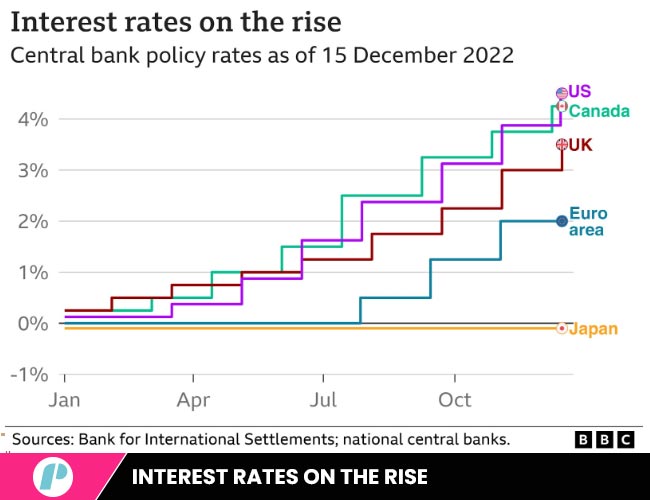
When inflation reaches levels too high, the Fed can intervene by manipulating the amount of money in the economy to try and solve the problem. It cannot do anything to increase the supply side of things but it has great powers when it comes to “suppressing” demand.
Amongst the different ways the Fed can try and tackle inflation, the two that are most effective are:
- Increasing interest rates: and, by doing so, making money, credit and debts more expensive.
- Selling Treasury Bonds to the open market: by doing so, it literally swaps Bonds for cash which leads to a reduction in money in the system which should translate into lower demand.
When are Inflation Rates released and why are they important for traders and investors?
Inflation rates are released monthly and refer to the previous month. They assume major relevance really only when they start being too high or too low.
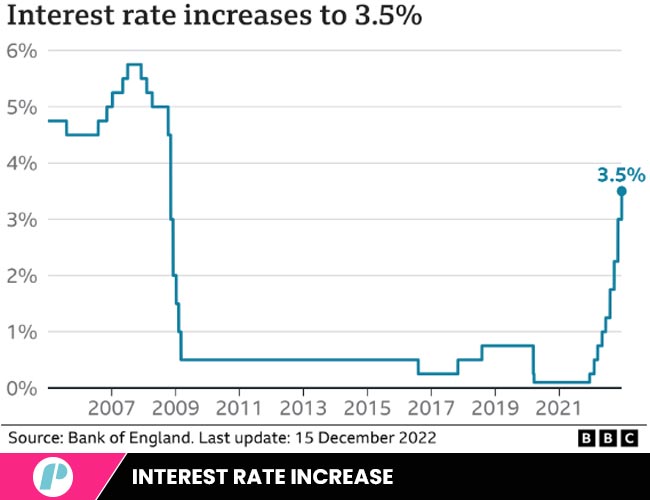
Traders and investors know that in times of very high inflation (or even deflation), both the government and Fed are bound to intervene.
It is important to note that the steps the Fed needs to take to fight inflation are different – and opposite in nature – from those it needs to take when focusing on maximizing employment.
Maximizing employment and fighting inflation are the Federal Reserve System’s mandate and in particular, they are the FOMC’s mandate. Yet, they often seem to stand on two different pans of the same scale. Any adjustment on one side risks provoking a contrary effect on the other. There is no better example of this than what is currently happening in the US and the Worldwide economy.
In the next article of the “Federal Reserve System” series, we’ll talk about Quantitative Easing (QE) and Quantitative Tightening (QT) as part of the “FED’s arsenal” to fight both inflation and unemployment so…
… keep an eye out for it.
I hope this helped.
If you want to prepare yourself in the best possible way for intraday trading, check out our pre market category
If you liked this post make sure to share it!
